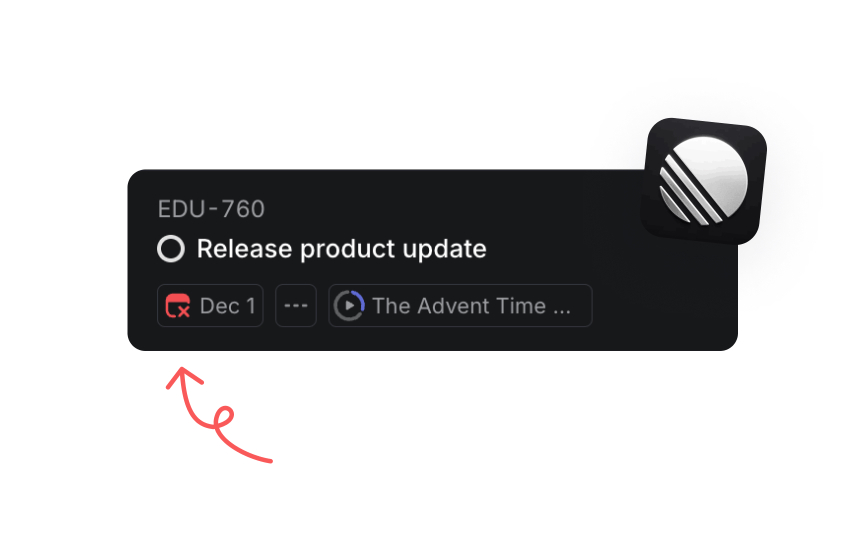Measuring and Improving Team Performance
Explore proven techniques to evaluate and enhance your cross-functional team's efficiency and impact
Clear metrics and strategic improvements drive cross-functional teams toward exceptional outcomes while fostering a culture of continuous growth. Quantitative indicators like velocity, cycle time, and quality metrics combine with qualitative measures such as team satisfaction and collaboration effectiveness to paint a comprehensive picture of performance. Regular retrospectives, data-driven decisions, and actionable feedback loops enable teams to identify bottlenecks, optimize workflows, and enhance cross-functional collaboration.
Strong performance frameworks balance individual accountability with team dynamics, creating an environment where designers, developers, and product managers thrive together. By establishing transparent benchmarks and implementing targeted improvements, organizations can transform team effectiveness into tangible product success while maintaining high employee engagement and satisfaction levels throughout the development lifecycle.
Leading indicators provide early signals about team performance and predict future outcomes, offering opportunities for proactive adjustments. Examples of these forward-looking metrics include sprint commitment adherence (how well teams meet their sprint goals), team velocity (how much work is completed within a sprint), and cycle time (the average time it takes for work items to move from start to completion). Understanding these metrics helps teams address potential issues before they impact delivery.
Lagging indicators measure actual results and validate whether past actions achieved desired outcomes. Common examples include customer satisfaction scores, product quality metrics, and revenue growth. However, because these metrics reflect past performance, they cannot be used to make immediate adjustments or prevent issues in real time.[1]
Effective performance measurement requires balancing both types of indicators. Leading indicators guide daily decisions and process improvements, while lagging indicators validate strategic direction and long-term success. Teams should maintain dashboards that combine both perspectives to enable data-driven decision-making at all levels.
Velocity tracks the amount of work that can be completed on average in story points per sprint.[2] For example, a team might complete 30 story points in Sprint 1, 25 in Sprint 2, and 35 in Sprint 3, averaging 30 points per sprint. Teams use this average for sprint planning and release forecasting.
Throughput measures completed work items regardless of size. A team might complete 8 user stories in week one, 6 bugs in week two, and 7 features in week three. Unlike velocity, throughput counting treats all items equally, making it useful for spotting workflow blockages.
Consider a mobile app team that maintains a velocity of 40 points per sprint but only completes 5 items. Another team does 25 points but completes 12 items. This comparison helps identify if the team is taking on too many large items or needs to break down work differently.
Pro Tip: Calculate your team's average velocity using the last 6-8 sprints for more accurate sprint planning, excluding unusual outliers.
Quality metrics capture specific markers of technical excellence. For example, a high-performing team typically maintains a bug escape rate below 10% (bugs found in production vs. development), code coverage above 80% (indicating sufficient testing of the codebase), and resolves critical bugs within 24 hours. These benchmarks help teams maintain consistent delivery standards.
Customer satisfaction translates to measurable feedback. A product might achieve a 4.5/5 user satisfaction rating, with less than 5 support tickets per 1000 users monthly, and an 85% feature adoption rate within the first week of release. Each metric provides clear signals about product success.
Teams should monitor quality metrics alongside satisfaction scores to find correlations. For instance, a drop in bug resolution time often leads to improved satisfaction ratings, while poor testing typically results in lower user ratings due to increased production issues.
Team health indicators are simple measurements that show if a team is working well together. The most basic indicator is sprint completion — are teams finishing what they planned? A healthy team typically completes 80% or more of their sprint commitments. If this number drops, it's a sign that something needs attention.
Another key health sign is how team members feel about their work. This can be tracked through simple weekly surveys asking "How was your week?" on a scale of 1-5. Teams should aim for an average score of 4 or higher. Low scores might mean people are stressed or unhappy, and managers should check in with the team.
Regular meeting attendance and participation also show if people are engaged. For example, if someone starts missing daily standups or stops speaking up in meetings, it could mean they're struggling or feeling disconnected from the team. Good teams typically have above 90% attendance at key meetings and everyone contributes to discussions.
Process efficiency metrics show how smoothly work flows through your team. The most important metric is cycle time — how long it takes to complete one piece of work from start to finish. For example, if a feature takes 10 days from coding to release, that's your cycle time.
Work in progress (WIP) limits help control how many tasks a team handles at once. A common rule is having no more than 2-3 tasks per person. For instance, in a team of 5 people, the total WIP limit should be around 10 tasks. Having too many open tasks usually means nothing gets finished quickly.
Teams should also track how often their work gets blocked. If tasks are marked as blocked more than 20% of the time, there's likely a process problem to fix. Common blocks include waiting for reviews, unclear requirements, or dependency issues.
Innovation metrics help teams track their creative progress and improvements. A simple way to measure innovation is counting new ideas proposed per sprint. Teams often use a simple technique — each member suggests at least one improvement idea during sprint retrospectives. This creates a steady flow of potential innovations.
Experimentation rate shows how many new ideas actually get tested. For example, healthy teams usually try out 1-2 new approaches each sprint, whether it's a new tool, process improvement, or technical solution. Not every experiment needs to succeed — the goal is learning from each attempt.
Implementation success tracks which innovations stick around. If a team tries 10 new ideas and keeps using 3 of them, that's a 30% success rate. This is normal — innovation involves some failure, and a 20-30% success rate is considered healthy for most teams. Create a dedicated "Innovation Corner" in your sprint board to track experiments — mark them green if adopted, yellow if still testing, red if abandoned.
Team growth metrics track how team members develop their skills and capabilities over time. The simplest growth indicator is tracking completed learning objectives. For example, team members should master one new technical skill or complete one relevant certification per quarter. This keeps the team's expertise expanding.
Skills matrix tracking shows both individual and team progress. Teams list key skills needed for their work and rate proficiency levels from 1-3. For instance, a frontend developer might start at level 1 in accessibility testing and reach level 2 after focused practice and training. This helps identify knowledge gaps and learning opportunities.
Cross-training progress measures how many team members can handle different types of work. A healthy team should aim for at least two people capable of each critical task. This prevents bottlenecks and creates backup coverage for all important work areas.
Business impact tracking connects team activities to company success. Start with user impact metrics that directly show value — like active users, feature adoption rates, or customer satisfaction scores. For example, if a team releases a new feature, they should track how many users try it in the first week.
Customer feedback provides real-world impact data. Track metrics like Play Store or App Store ratings, support ticket volume, and user satisfaction surveys. These numbers help teams understand if their work actually helps users and brings business value.
Choosing the right metrics prevents teams from tracking unnecessary data. It’s recommended to use SMART metrics that are:
- Specific (clear numbers)
- Measurable (easy to count)
- Actionable (can improve them)
- Relevant (matter to goals)
- Time-bound (tracked over specific periods)
For example, "reduce
Limit your key metrics to 5-7 total. Having too many metrics makes teams lose focus and wastes time on data collection. For example, a good combination could include: sprint completion rate, cycle time, customer satisfaction, bug escape rate, and team happiness.
Make sure each metric drives specific improvements and match metrics to team goals. Having aligned metrics helps teams make better decisions about where to focus their efforts.[3]
Pro Tip: Review your metrics quarterly — if you haven't used a metric to make any decisions in 3 months, consider dropping it.
Similar lessons

Continuous Discovery Mindset

Business Outcomes vs. Product Outcomes


















